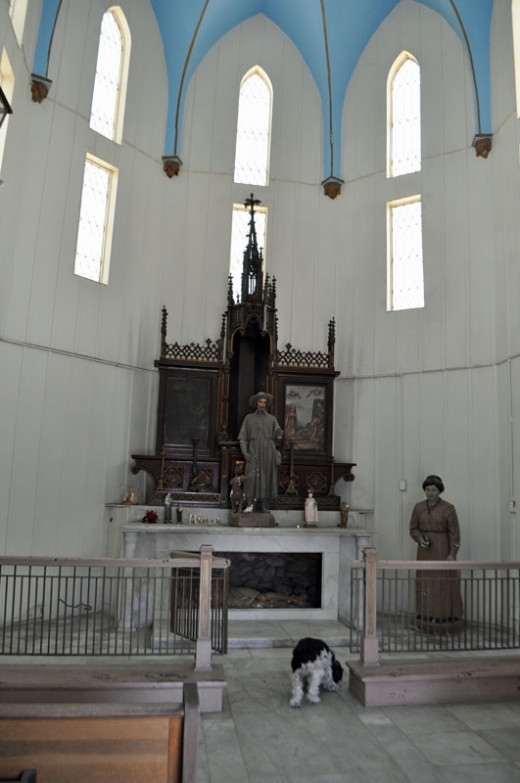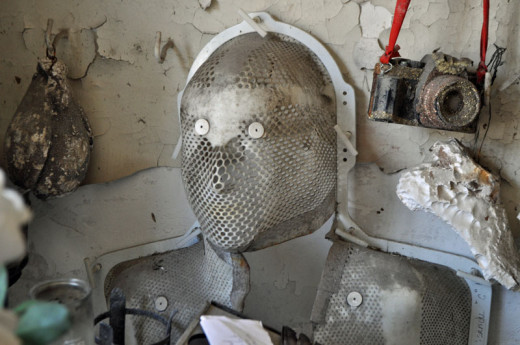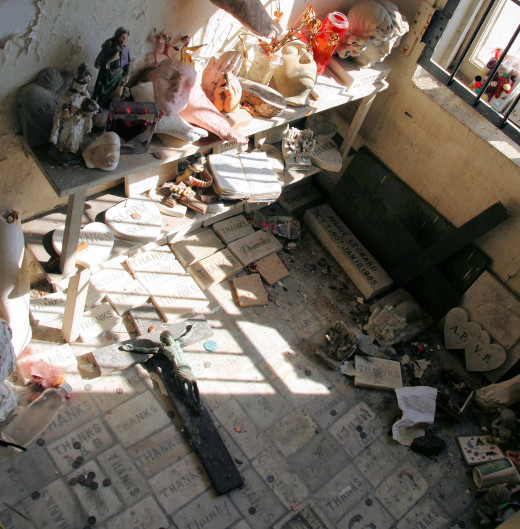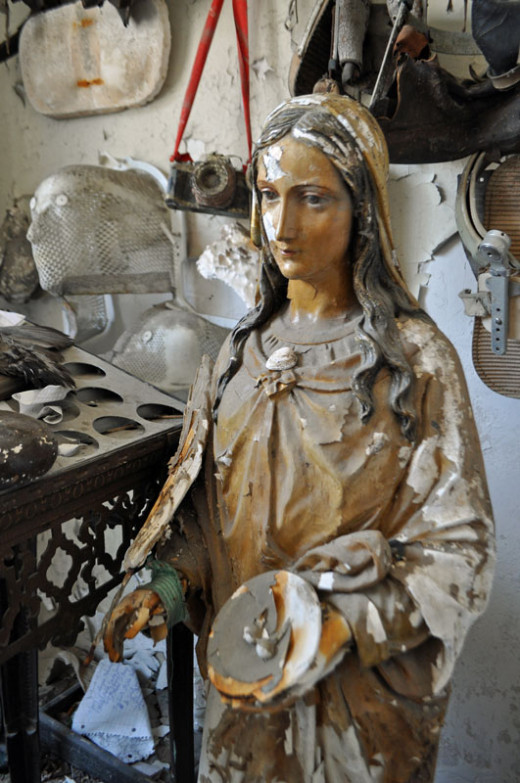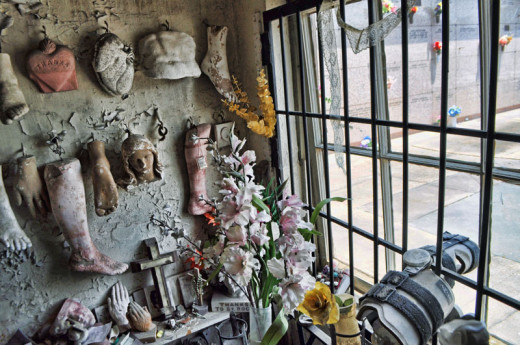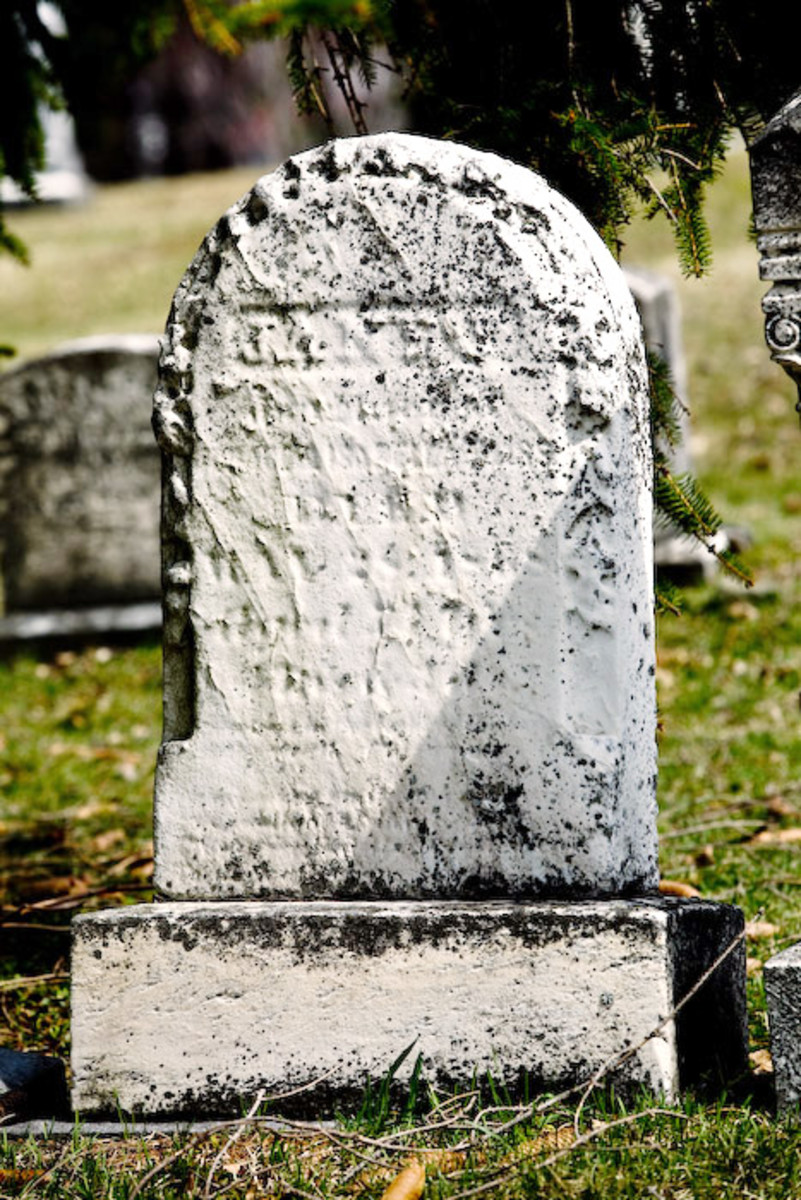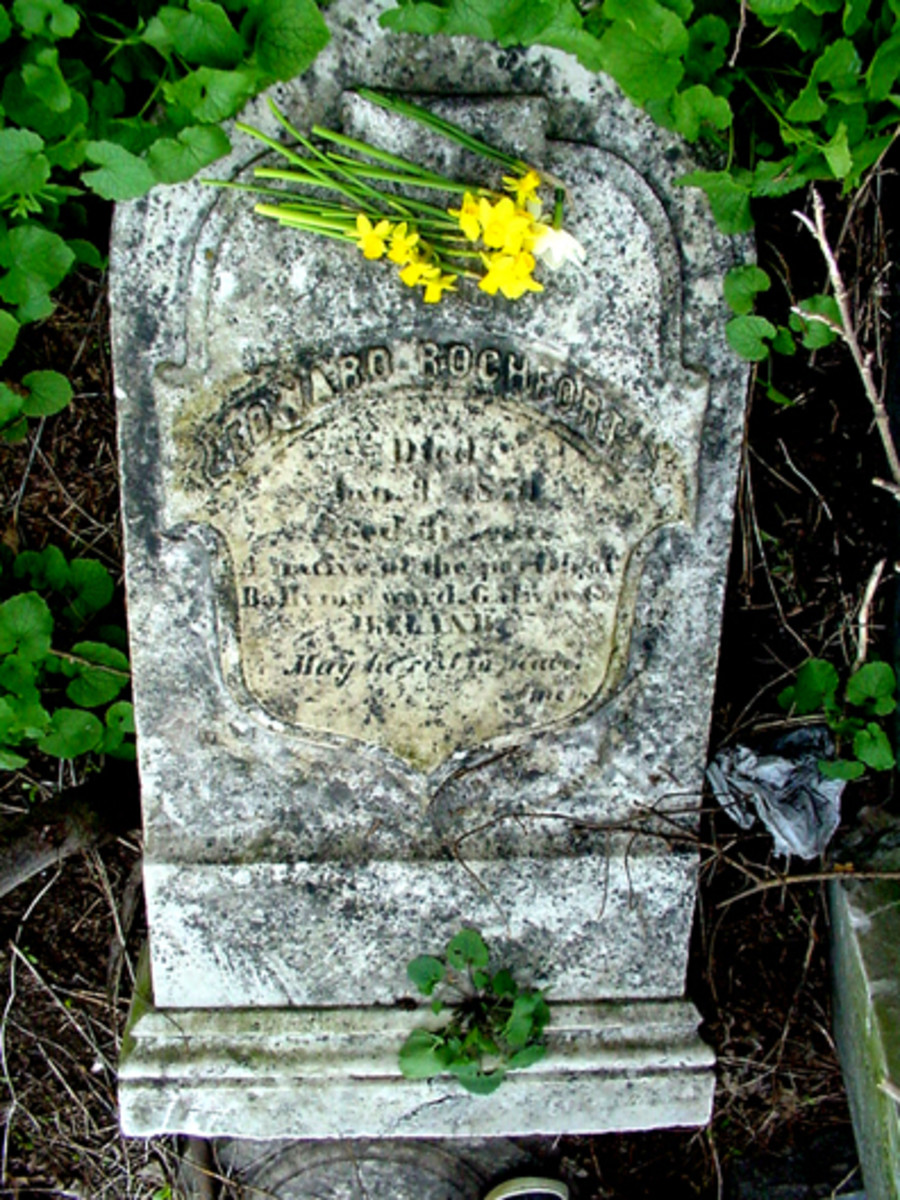New Orleans' St. Roch Cemetery & Shrine


Hours & Location
Location: 1725 St. Roch Ave
Hours: M-F 8:30am - 4:00pm
Saturday & Sunday: closed
Established: 1874
*all photos are taken by and are property of the author*

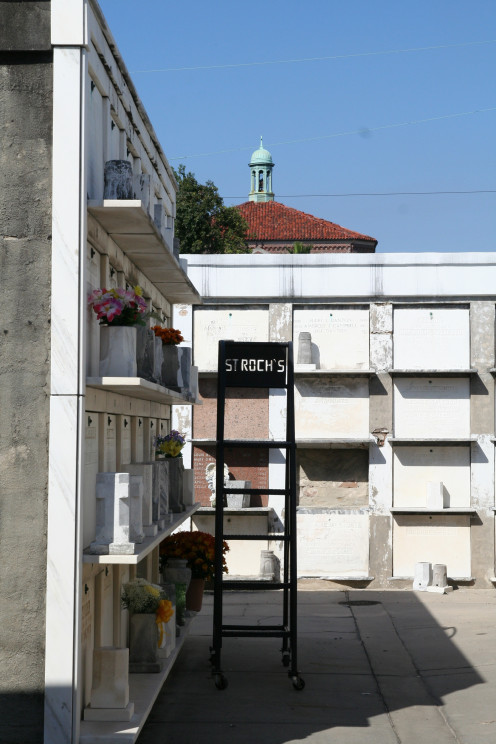
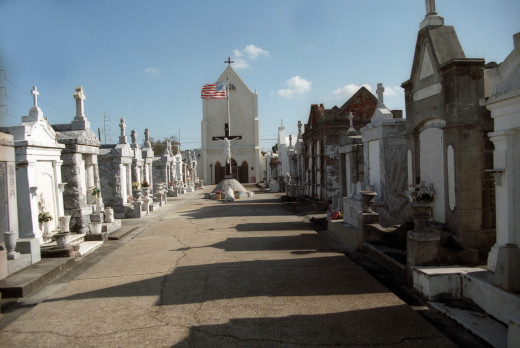
An Old-World Saint comes to the New World
In 1867 Father Peter Leonard Thevis arrived from Germany to minister to this largely German parish. He was barely settled in when the news announced cases of Yellow Fever in the city. There were over 3,000 deaths the year before, and he was rightfully terrified.
He gathered the congregation together and announced that they would pray to St. Roch (the patron saint of dogs, plague and pestilence) to intercede on their behalves, and that they would pay homage to the man if they were spared.
Not one parishioner was touched by the sickness, and they began raising money to found the shrine which was completed in August 1876.
Eventually, Father Thevis was buried under the chapel's floor instead of in Trinity Church where he held mass.
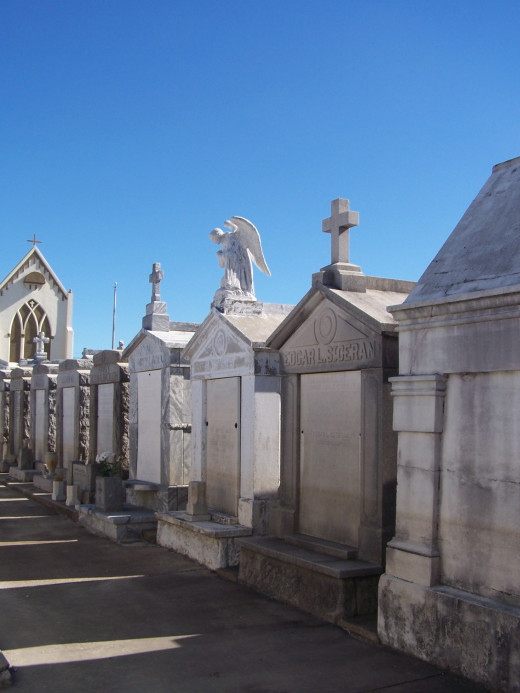

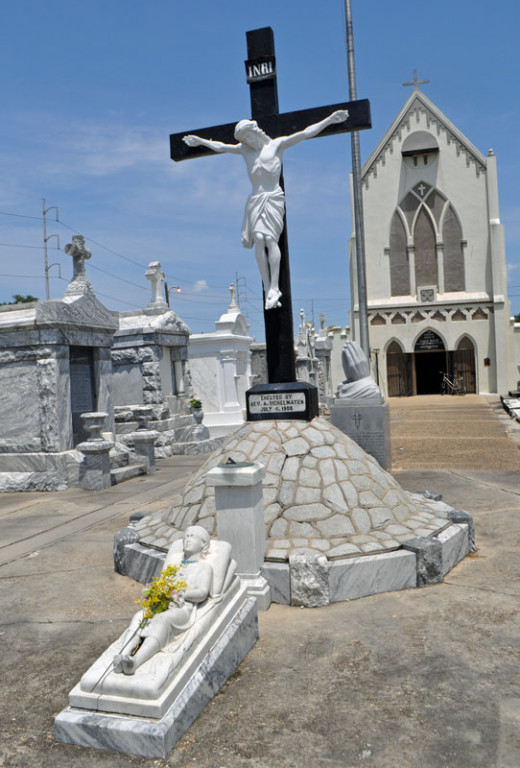
The story of St. Roch
Born to the wealthy governor of Montpellier, France, he had a red cross birthmark upon his chest that grew larger as the boy grew.
His parents died when he was 20, leaving him their fortune and governorship, but he gave all he had to the poor and declared himself a mendicant - setting out for Rome with nothing but the clothes on his back, needing to rely on the charity of those he met for his basic needs as he traveled.
When he arrived in Italy he found it overcome with plague and went to the sickhouses to help tend the poor and afflicted. His touch is said to have cured many, and he traveled for several years without being infected himself.
Eventually, he did contract the plague, however, and went into the woods by himself to not spread the disease further, again taking nothing with him. He build a little hut of leaves and branches, and waited to die, but God wasn't done with him. A spring bubbled up beside his hovel, of clean fresh water and a dog came to him, bringing him food and and licking his wounds clean, miraculously healing them.
The dog's owner was a nobleman who, in trying to find his runaway pet, found St. Roch and was so moved that he became the man's follower, staying with him until his death.
When he decided to return to his birthplace, he was immediately arrested and thrown into jail by his uncle, who had taken the governorship after it was abandoned and feared his nephew would want to reclaim his title. He told no one else who he was, and after five years in jail died.
He was recognized after his death by his birthmark, and since his reputation had spread, everyone then knew who he was. Even before the church recognized him as a saint, the people considered him one, and a church was erected in his honor.
St. Roch Shrine
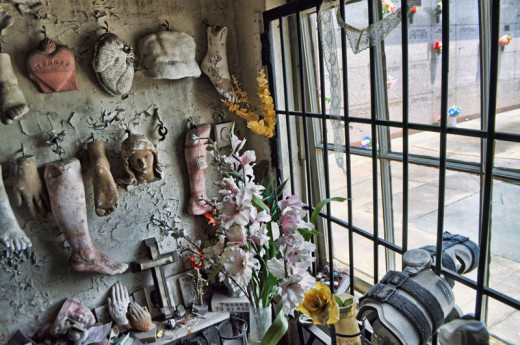







The Shrine of St. Roch
Over the years, people have come to pray to St. Roch and have returned to give tokens of thanks. Often they're bricks, but many people take casts of the (presumably no longer) afflicted area, leg braces, or other mementos.
They cover the last 100 years, and are remarkably moving.
Outside of the shrine itself is an altar with a life size statue of Jesus as he would have been when removed from the cross behind plexiglass. A gothic tableau rises above and a statue of St. Roch as he's usually depicted, with the dog bringing him bread and pointing to the leg which had the open plague sores.
The Gates of St Roch
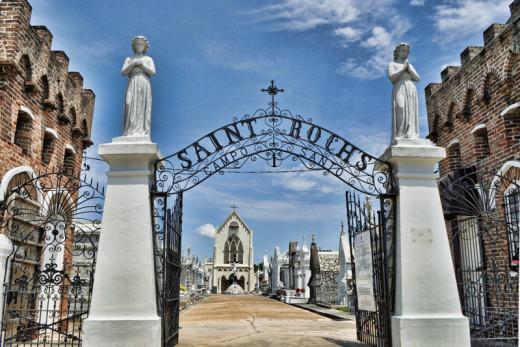
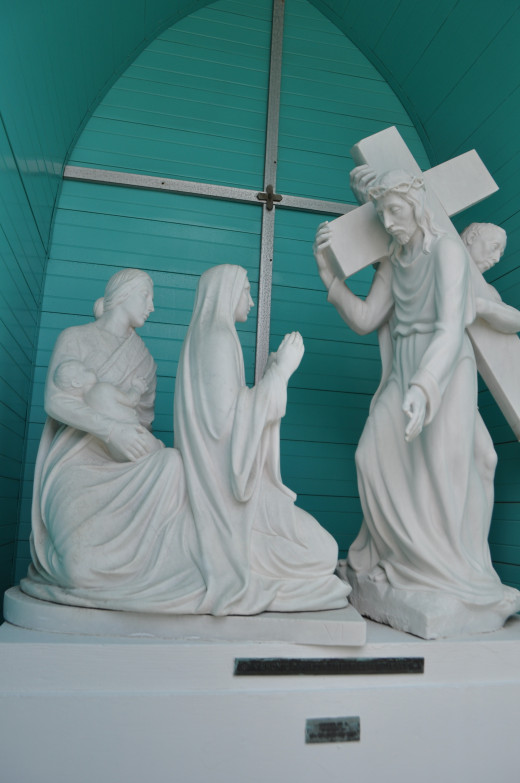
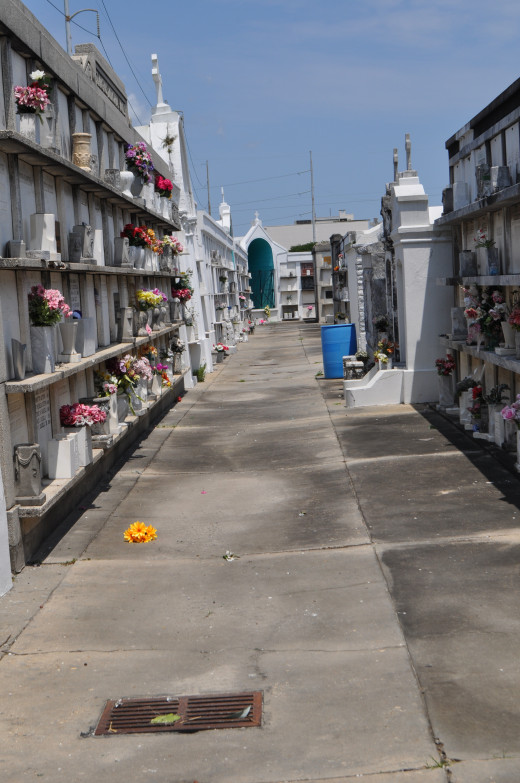
The Parish and Cemetery
The rest of the cemetery is broken up into two blocks, No. 1 & No. 2. Throughout them you can find the stations of the cross- the fourteen events that mark Jesus' crucifixion. The tableaus are life size and glow white against a teal background.
These days the original founding Germans have left the neighborhood, and it's a poor/working class African American neighborhood with many good people, but unfortunately gang activity as well.
The Parish is still very active, however, and is one of the few places that still have big services on November 1, All Saint's Day. There are often people there tending the graves, and the caretakers are on site quite a bit.
Still, better safe than sorry: if you want to visit the Cemetery, it's well worth the time, but please remember to put safety first.
Going in groups is best, bring water with you (there is no shade at all, and all of the stone and cement gets amazingly hot in a hurry) and take a look at the Visitor's Tips to make sure you have all the makings of a fun and interesting trip!
Where is it?
This neighborhood is quite bad, although I've never had any problems inside the cemetery I would strongly advise against visiting alone.


